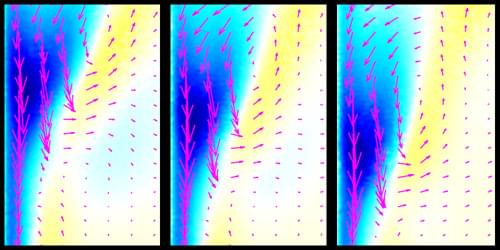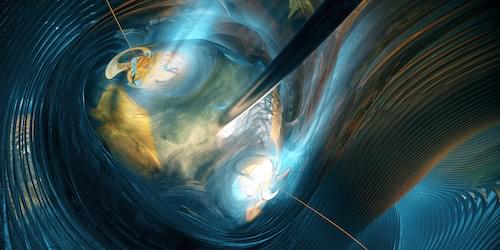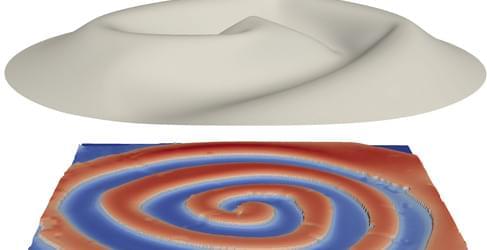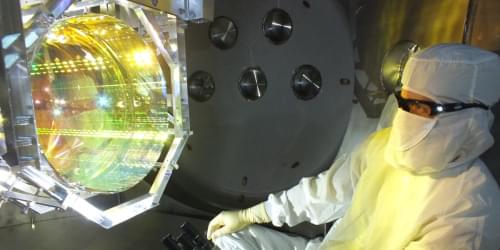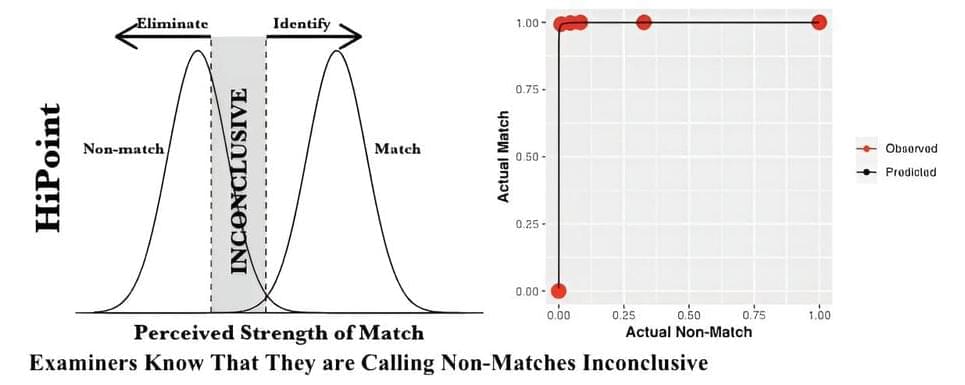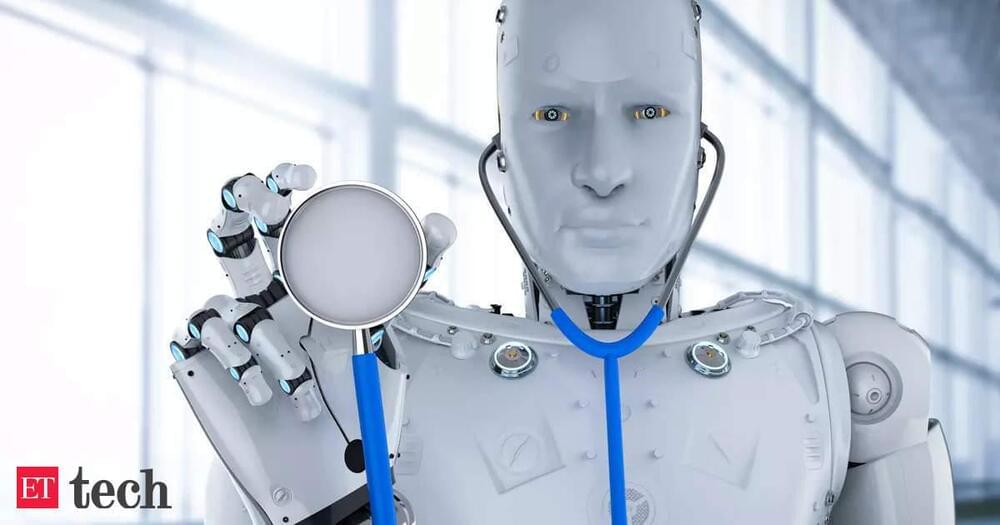Jets that develop along the walls of fluid-based thermal-energy-storage systems induce multiple flows that limit the devices’ ability to store energy.
Converting waste heat from renewable-energy technologies into electricity could reduce the need for fossil-fuel power stations—but only if that energy can be stored efficiently, for example, in a thermal battery. Researchers have partially solved this problem by designing batteries with vacuum insulation panels that reduce thermal leakage to the environment. But the useful energy available to the system can diminish even if environmental heat loss is reduced to zero. Now Christian Cierpka of the Technical University of Ilmenau, Germany, and colleagues have explored one such energy drain: mixing of hot and cold regions within a fluid-based energy-storage device [1]. The results could aid in the design of more-efficient thermal-energy-storage systems, potentially making such facilities useful as backups for intermittent renewable-energy sources.
The team studied mixing in a common thermal-energy-storage system in which a hot fluid reservoir sits atop a cold one. Between the reservoirs lies a transition layer with a temperature gradient across its width. The maximum energy output of such a battery depends on the temperature difference between the hot and cold reservoirs. Any drop in this difference will reduce the battery’s recoverable energy.
